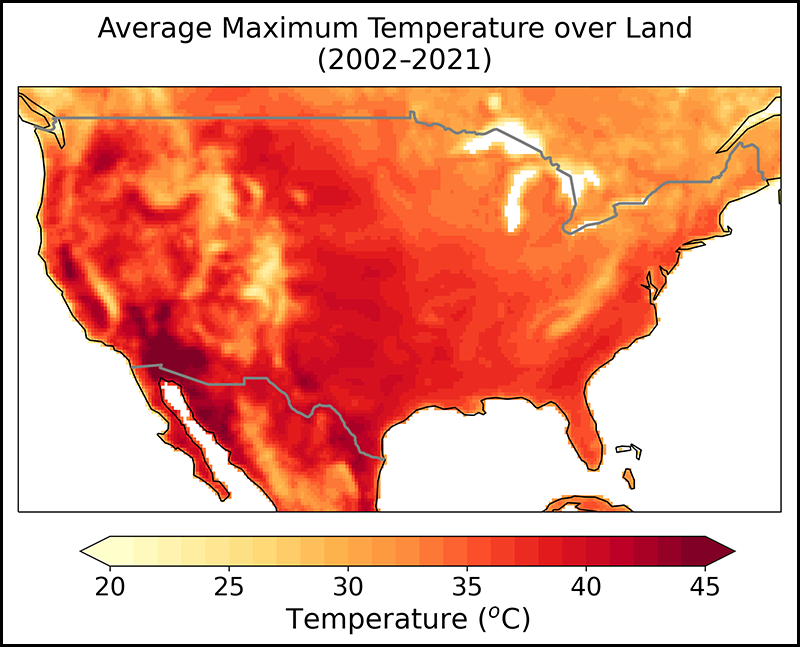Source: GeoHealth
As temperatures rise, people look for heat relief in various ways. Electric fans, which move air around a person’s body and help evaporation cool their skin, are one of the most affordable cooling methods. However, there are limits to fans’ ability to fight the heat.
According to the World Health Organization, when temperatures rise above 35°C, fans may no longer help prevent heat-related illnesses. And at higher temperatures, they can turn dangerous, moving too much hot air over a person’s skin and potentially fostering adverse health effects.
Heat risks arise from a combination of temperature, people’s health vulnerability and extent of exposure to high heat, and their ability to adapt to the heat (such as by using cooling methods like air-conditioning or fans). To better understand heat hazards and risks in the United States, Parsons et al. used hourly temperature data based on historical weather observations over the continental United States from 1950 to 2021 and compared these data with gridded population data to determine where people face the greatest heat hazards. They focused especially on the hazards when temperatures reached 37°C and 39°C, thresholds recently recommended by heat experts for safe electric fan use by older adults on certain medications and young, healthy adults, respectively.

The researchers found that in the past 2 decades, on average, U.S. residents have experienced roughly twice as many hours when fan use is unsafe compared with 50–70 years ago. And some very hot locations, such as hot spots across the West and South, now face at least 200 more hours—more than 8 more days—each year when conditions are unsafe compared with the mid-20th century.
In addition, the researchers compared the temperature and population data with the Centers for Disease Control and Prevention’s Social Vulnerability Index (SVI), which includes factors such as socioeconomic status, ages and disabilities of household members, and housing type. The higher the SVI ranking is, the more at risk community members are to hazards to human health. They found that high-SVI communities are exposed to higher temperatures than low-SVI communities, and high-SVI locations are facing faster increases in the number of hours when fan use is unsafe.
The researchers say they hope their work helps stakeholders decide how best to help vulnerable communities with sustainable, targeted heat management approaches. (GeoHealth, https://doi.org/10.1029/2023GH000809, 2023)
—Sarah Derouin (@Sarah_Derouin), Science Writer

